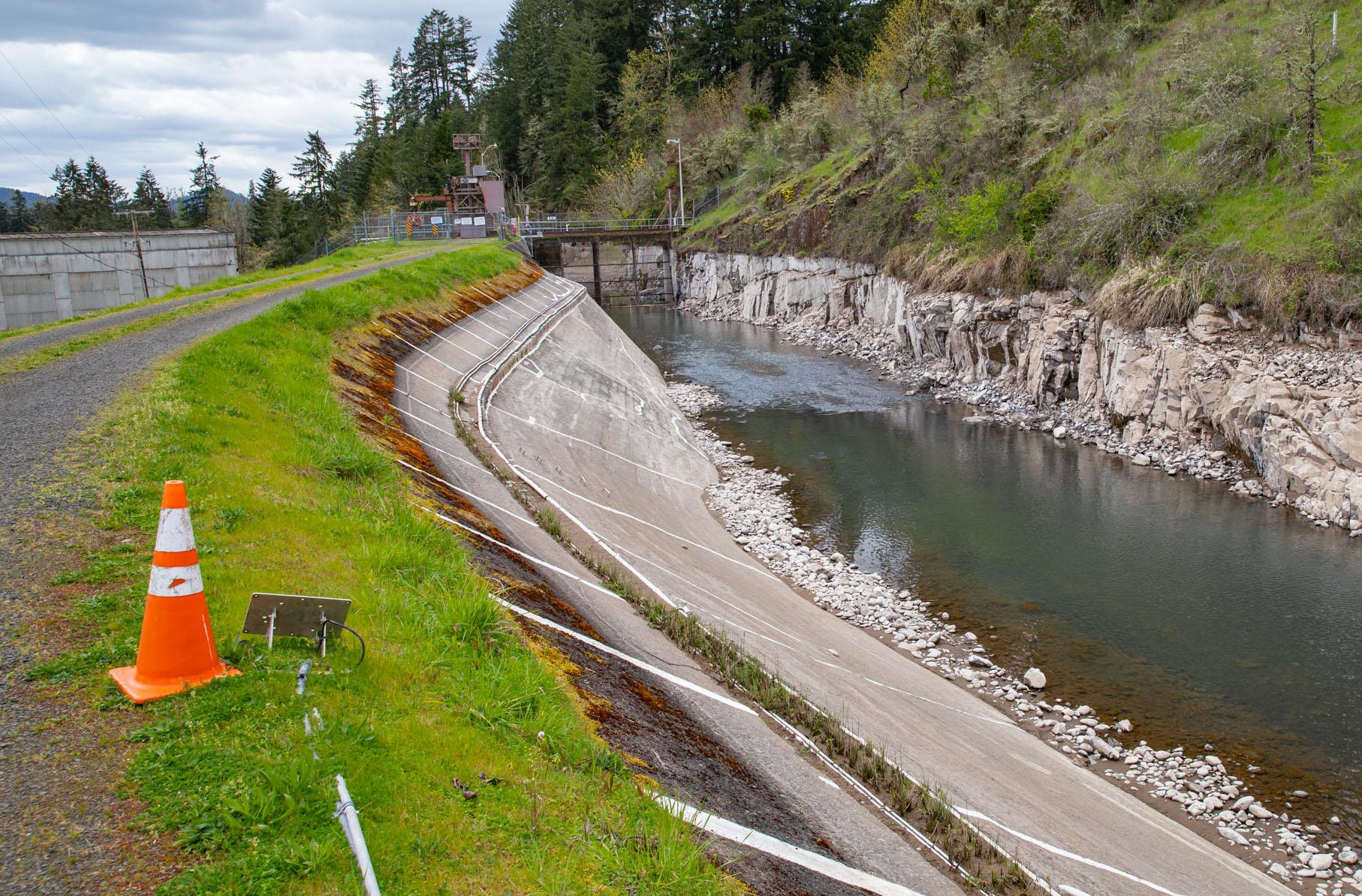Related News
Related News
-
EWEB prepares for wildfire season with risk mitigation measures
EWEB is building a more resilient electric system to weather various types of disasters, from wildfire to winter storms.
Find Out More -
Sustainability Snapshot - Homes for Good May 2025
Our first Sustainability Snapshop highlights a project where EWEB teamed up with longtime partner, Homes for Good, to deliver ductless heat pumps to income-eligible apartment rentals.
Find Out More -
EWEB environmental specialist wins prestigious awards for publication
Article recounting EWEB’s efforts to protect the McKenzie River after Holiday Farm Fire earns national recognition
Find Out More -
Last Call for EWEB/Lane County Septic Grants
Holiday Farm Fire recovery program now eligible for businesses, residential property owners who purchased post-fire, to cover inspection costs and new construction
Find Out More -
EWEB, Lane County host open house to gather feedback for “Leaburg Transportation Alternatives Analysis”
“What is the Future of the Leaburg Dam Bridge?” open house exhibit on display at Lloyd Knox Park Visitor Pavilion through July 25
Find Out More -
EWEB Pilots New Line Safety Program for 4th graders.
This year, EWEB is ramping up power line safety for children, specifically 4th graders.
Find Out More -
Improving habitat resiliency throughout the Upper McKenzie
Environmental Responsibility is a core guiding value for EWEB decision-making. This summer, EWEB continues its commitment to environmental stewardship with a robust slate of habitat enhancement updates throughout the upper McKenzie River, across the footprint of the Carmen-Smith Hydroelectric Project.
Find Out More -
EWEB weighs multi-billion-dollar decision affecting energy supply
EWEB is weighing energy supply decisions that will cost nearly $2 billion over the next two decades.
Find Out More -
Habitat Restoration Underway on McKenzie River
Partners at EWEB, McKenzie River Trust, the McKenzie Watershed Council, and the U.S. Forest Service broke ground on a major floodplain restoration project in Quartz Creek.
Find Out More -
Infrastructure upgrades at Nightingale Hosted Shelters made possible through powerful public-nonprofit partnership
Nightingale Hosted Shelters, EWEB, and the City of Eugene celebrate infrastructure milestone
Find Out More -
EWEB opens applications for 2025 Electric Mobility Community Grant
The Eugene Water & Electric Board is now accepting applications for the 2025 Electric Mobility Grant, reinforcing EWEB's commitment to sustainability and cleaner transportation.
Find Out More -
Watch the Recording: Financial Preparedness for Disasters
How will you financially recover after a disaster? This seminar gives key insights into preparing your finances ahead of time.
Find Out More -
Greenpower subscribers vote to award Greenpower Grant to SquareOne Villages
The Greenpower Grant, funded solely by voluntary customer subscriptions, supports local sustainability projects.
Find Out More -
Water professionals showcase skills in Cascade to Coast Competition
Representatives from local utilities competed to see who has the best-testing water, who can assemble a water meter the fastest and who find the most creative way to solve a routine problem that water utility professionals often face.
Find Out More -
Energy conservation could offset large portion of growth in power demand
Preliminary results of an EWEB study indicate that cutting back demand can contribute to maintaining a reliable, affordable energy supply.
Find Out More - Show More
Walterville Hydroelectric Project to remain offline through 2025
April 30, 2025 • Adam Spencer, Communications Specialist

The Eugene Water & Electric Board (EWEB) will not be able to repair a leak at the forebay of the Walterville Canal this year. Additional analyses into seismic and flood hazards will be required before EWEB can obtain regulatory approvals for the work. As a result, the project will need to remain offline until at least the fall of 2026.
The Walterville Canal will remain dewatered through the 2025 irrigation season.
“We are disappointed to report that the canal will be empty again this summer. We know that this announcement is hard for our neighbors to hear – especially those who irrigate from the canal. But we cannot return the canal to service until we gain a better understanding of the risks that earthquakes and floods pose to the project,” Generation Manager Lisa Krentz said.
EWEB dewatered the Walterville Canal on February 27, 2024 following an unexpected increase of water seeping through the canal forebay embankment near the Walterville Powerhouse.
Unlike the seepage concerns along portions of the Leaburg Canal that prompted EWEB’s investigation and eventual decision to decommission the Leaburg Hydroelectric Project, the seepage at the Walterville Canal is localized to the forebay. The forebay is the structure at the lower end of the canal that directs water to either drop into the powerhouse to spin a turbine to generate electricity or releases the water through a spillway into the tailrace.
EWEB intends to bring the project back online and is contracting with a company to develop a repair plan for the forebay leak. Pending regulatory approval, EWEB would authorize the firm, Carpi, Inc., to manufacture and install their synthetic liner system to seal the forebay and prevent further seepage.
However, preliminary results from a study into the forebay’s vulnerability to earthquakes indicate that a portion of the forebay could be seismically unstable during a large earthquake. Another study found that extreme flooding of the creeks that feed into the canal could result in overtopping.
As a result, EWEB will need to compile additional information for the Federal Energy Regulatory Commission (FERC) to approve repair plans – delaying the targeted 2025 return-to-service and pushing the date into late 2026.
If approved by EWEB’s regulator, the current repair plan would cost approximately $3 million and the project could recuperate such an expense in two to five years of generation, depending on water availability and energy prices.
“At this point, with the information we have, we will continue working to get the project safely up and running at the earliest opportunity,” Krentz said. “We will continue to communicate our findings regarding the project’s seismic vulnerabilities once we know more.”

